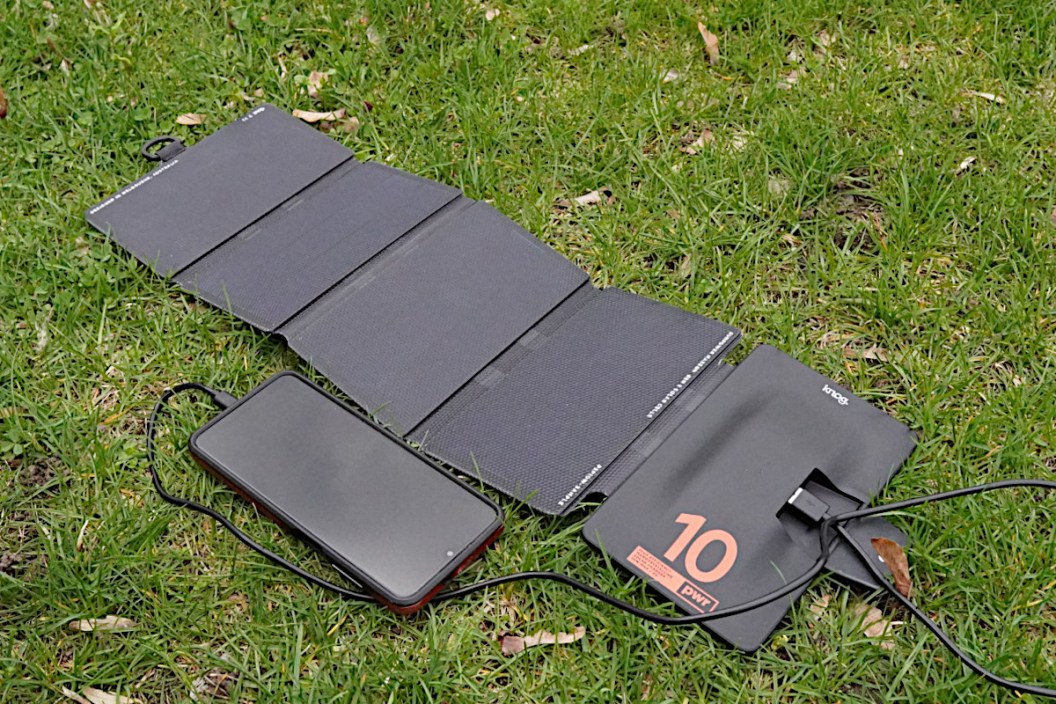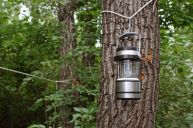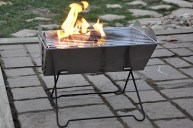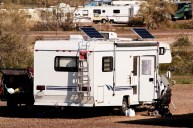As much as we all enjoy unplugging and getting away from it all in the wilderness, it's difficult to keep small electronics out of our lives completely these days. Of course, keeping your phones, smartwatch, cameras, GPS, and other equipment charged when you are miles from the nearest road and power outlet is easier said than done. Carrying around a power bank is one option, but it helps if you can truly recharge in the field.
Fortunately, today's solar charger technology is better than ever and allows you to use the sun's rays to charge your gear. Just set it in the sun and they will quickly power all your devices.
Technology like that isn't just helpful, it could potentially be life saving if you use it to power up a drained cell phone during an emergency deep in the backcountry.
With that in mind, we recently got the chance to test the Knog PWR Sun 10w panel. Here's what we thought after a few months of using it.
Quick specs for the PWR Solar 10w panel
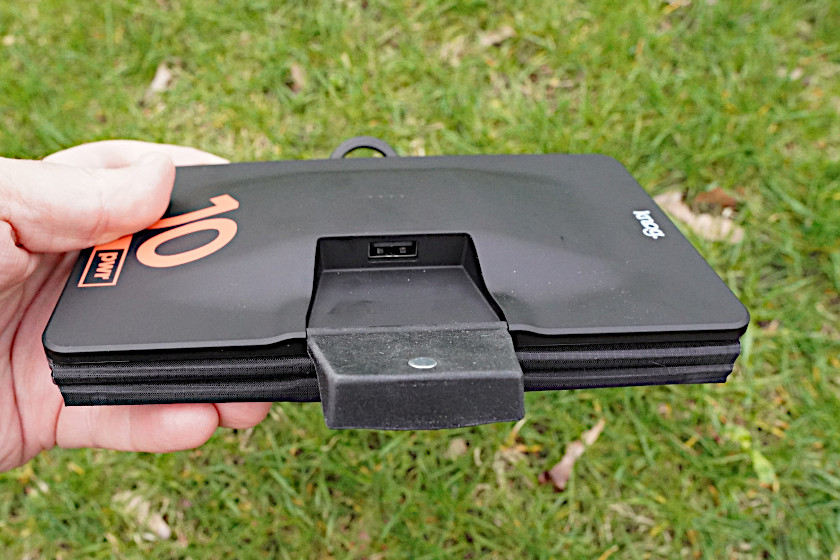
Travis Smola
Knog is an Australian company, and the Aussies who designed it clearly knew what they were doing. From the moment I opened it, you can just feel the quality in construction and materials. The entire panel has a EFTE coating, which is a high-strength plastic designed for sturdiness and corrosion resistance. It's taken off as a durable building material in recent years; it's designed to allow water, mud, and dirt to just slide off the surface. In the PWR Solar 10w Panel, it helps to protect the monocrystalline cells that help convert the sun's rays into energy. Knog proudly touts how these are the same types of cells used by NASA in billion-dollar spacecraft.
The entire panel folds up to a little under 4.5 inches across by seven inches long. It's only about an inch thick when folded up. That makes this panel ideal for backpackers and through hikers trying to save pack space and weight.
Operation of the Knog is as simple as it gets. Plug in a device via the USB port and set it in the sun. That's pretty much all there is to it. Knog included an intelligent chip technology that regulates how much power is transferred to the device to prevent damage.
A small cover that latches with a magnet protects the port from the elements when not in use. On top of the panel, three dual function LED lights indicate both charging rate and the best angle to place the device for maximum efficiency.
Charging with the Knog PWR Solar panel
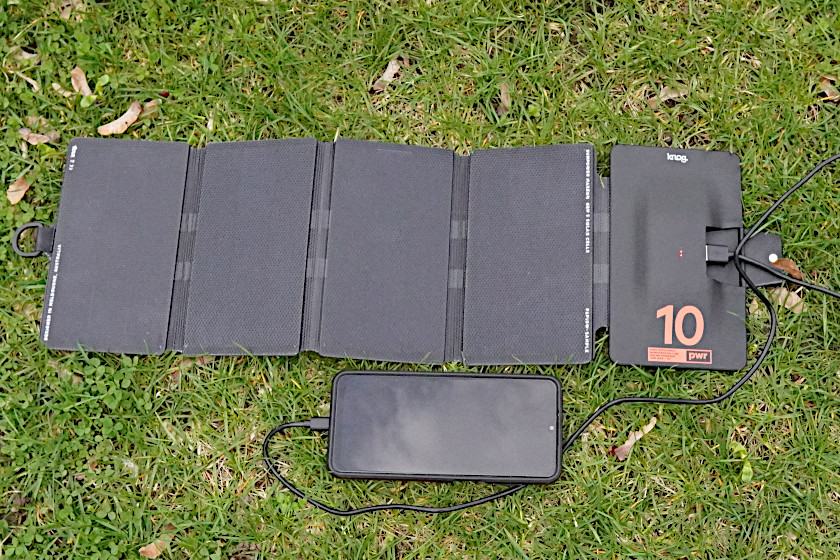
Travis Smola
I had to wait a bit for Michigan to slow down with the snowstorms before I felt I could finally give the Knog some fair testing. The directions advise you to place the panels at an angle that's 90 degrees to the sun's rays. I found it charged my Samsung smartphone the fastest when it was laying flat and the sun was directly overhead. The solar unit seemed to work best in the middle of the day in this position. The LED lights definitely helped me position the foldable panels at the right angle for the given conditions.
The charger works extremely well in direct sunlight, although it should be noted the charging process with this panel, or any micro solar panel, is never going to be as fast as an AC current from your home's power outlet. In most cases, it fully charged my cell phone in sunny or partially sunny conditions, but it usually took an hour (and under certain conditions, up to two hours) longer than it might with a regular wall outlet.
I should note that Michigan's late March clouds proved to be too much for the unit to handle. It had a hard time achieving maximum sun absorption and the LEDs usually flickered with only one light no matter how I angled the panels. For cloudy and rainy days, it didn't produce enough charging current at all. That's not a knock against it; it's just how these types of solar devices usually work. I own a much larger 100-watt folding panel from a different company that struggles with charging my power station on overcast days too.
However, it's worth noting most people are likely going to be using the Knog during peak camping times in the summer anyway, so odds are you're going to have sunny skies to keep you charged up. And even on the days when the clouds roll in, you can use the PWR bank to store some energy for future use, keeping your phones and other small devices going. The company pairs the bank with the panel in a "PWR Modular System" package for those looking to save a little money. I did not get to test the bank, so I cannot speak to its effectiveness.
I will say I think this panel would also be perfect for fishermen and women wanting to keep their phone at one hundred percent. Lay it flat on the boat deck or even on the shore, and with sunny skies you can fish all day without worrying about losing any juice. You may want to get a small container or phone pocket case to keep the phone from overheating in the sun's rays.
The Bottom Line on the Knog PWR Solar Panel
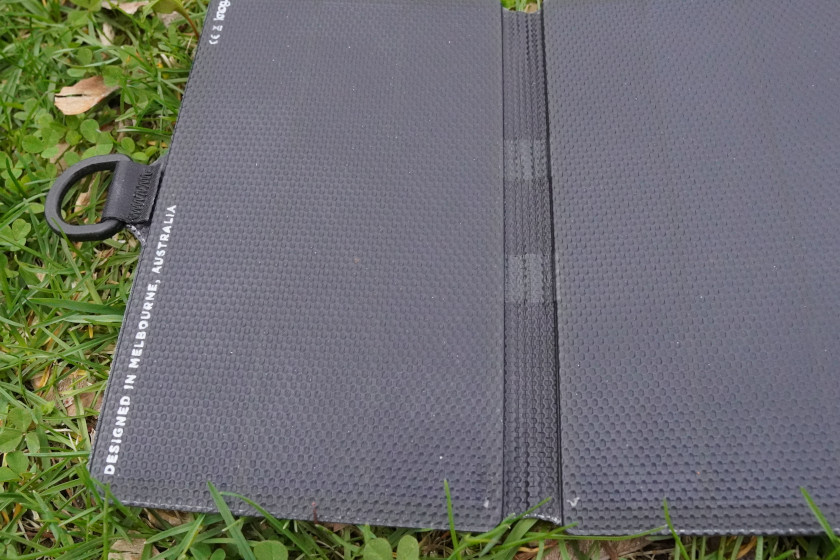
Travis Smola
There are tons of 10-watt solar panels out there designed for the backcountry camper, but few are as compact as the Knog. This panel was clearly designed to easily slip into one of the side pockets of a backpack or even your jacket pocket on a backcountry excursion. It works here in Michigan, but I imagine it'd be even better in a state with a bevy of sunny days like Wyoming, Florida, or Arizona. It would work especially well for those wandering the rugged backcountry at high elevations.
There are less expensive 10w panels on the market, but at $100 USD, I feel like that's a hard price to beat for a unit this durable and compact. It's going to be a breeze to find space for this solar charger in the pack for an extended hiking journey. For powering cell phones, Go-Pros, small flashlights, and other small electronics, the Knog is going to get the job done. I can't wait to take it for some longer adventures as we get into the summer months.
Check out Knog.com for more information on the PWR solar panel and other outdoor gear.
For more outdoor content from Travis Smola, be sure to follow him on Twitter and Instagram For original videos, check out his Geocaching and Outdoors with Travis YouTube channels.
